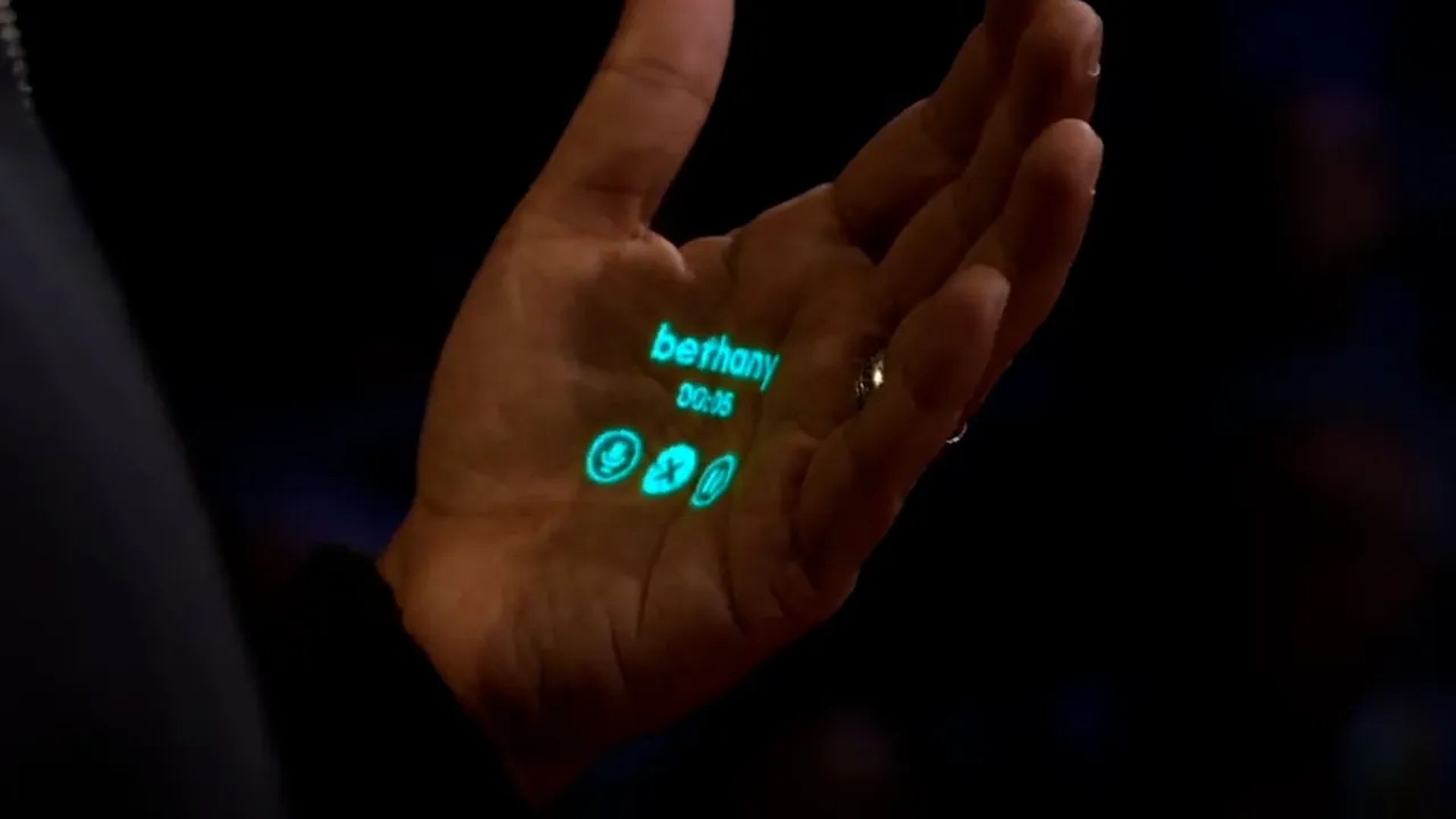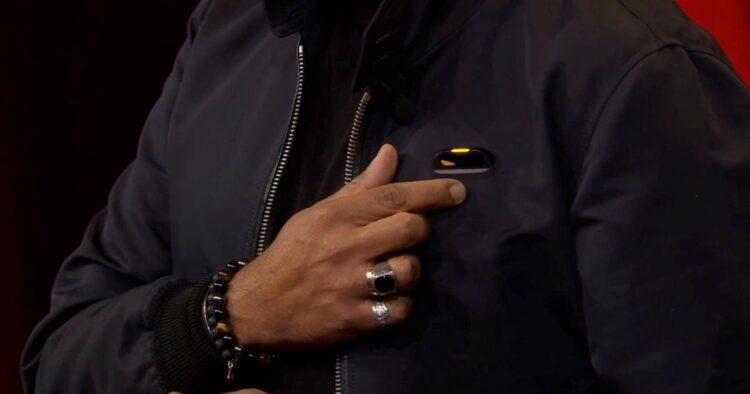For more than a year, there has been a growing anticipation surrounding the enigmatic tech startup, the Humane AI wearable. Recently, the company’s co-founder, Imran Chaudhri, showcased a glimpse of the wearable technology powered by Humane AI at TED. This new invention is expected to replace smartphones in the near future. While snippets of the video were leaked after the event, the entire presentation is now accessible for viewing.
During the 13-minute-long demonstration, Chaudhri revealed that the Humane AI wearable is designed as a compact black puck that can be conveniently stored in a breast pocket. The device features a camera, projector, and speaker protruding out of the top. Chaudhri went on to provide multiple examples of the potential applications of this cutting-edge technology, showcasing its versatility.
Humane AI wearable: What happens in the video?
In the video, Chaudhri receives a call, and the Humane AI wearable rings. He raises his hand, and the device projects the caller’s name, along with icons to accept or decline the call. After answering the call, he holds down a finger on the device and inquires about a nearby shopping district, which the device accurately identifies.
Furthermore, by tapping two fingers on the device and speaking a sentence, Chaudhri demonstrates the device’s translation capabilities. The gadget effortlessly converts his spoken words into another language, even replicating his voice using AI-generated technology. Later in the video, he requests a summary of his recent emails, calendar events, and messages.
The device provides a detailed overview after Chaudhri holds down a finger on the device. Lastly, Chaudhri holds a chocolate bar up to the gadget and asks if it’s safe to eat, but the device warns him of a possible allergic reaction. Nevertheless, Chaudhri disregards the device’s suggestion and enjoys the chocolate.

Chaudhri, a former Apple design executive with over two decades of experience, emphasized the significance of the Humane AI wearable as a potential remedy for the overuse of screens in today’s society. In his presentation, he contrasted Humane’s gadget with AR/VR glasses, citing them as a further hindrance between the user and the real world. He emphasized that the wearable device is designed to be more natural, eliminating the need for screens altogether. Moreover, the gadget functions autonomously, without requiring a smartphone or any other device for pairing.
Undoubtedly, Chaudhri’s demonstration of the Humane AI wearable was remarkable and showcased a fascinating concept. However, many uncertainties remain unanswered. It is unclear how much of the demonstration was genuine and whether the device can be seamlessly integrated into our daily lives. These are just a few of the many questions surrounding the practicality and feasibility of this new technology.
Question marks
Despite the impressive demonstration of the Humane AI-powered wearable device, numerous unanswered questions still linger. For instance, how does one operate the device without a breast pocket, and how does one accept a call without using the projector buttons or voice commands? In the translation demonstration, it remains unclear how the device determines the language to translate, and whether the user sets a default language.
Additionally, it is unclear how the device obtains a user’s digital information, such as contacts or meetings. Does it sync with an app or service, and is it necessary to read through everything? Furthermore, the extent to which the device operates on-device versus the cloud remains unclear, as does the gadget’s reliance on internet connectivity.

Privacy is also a concern, particularly regarding the chest camera, which Chaudhri claimed is “privacy-first and safe.” Additionally, the brightness of the projector and the volume of the speaker, and their effectiveness in various environments, are also unclear.
It remains to be seen whether third-party apps will be available and how developers will adopt this new technology. Finally, the philosophical differences between a projector and a screen are ambiguous, leaving questions about the rationale behind using a projector over a screen and why voice commands could not replace some projector functions.
Of course there’s also Elon Musk’s Neuralink, that’s a completely different story.





